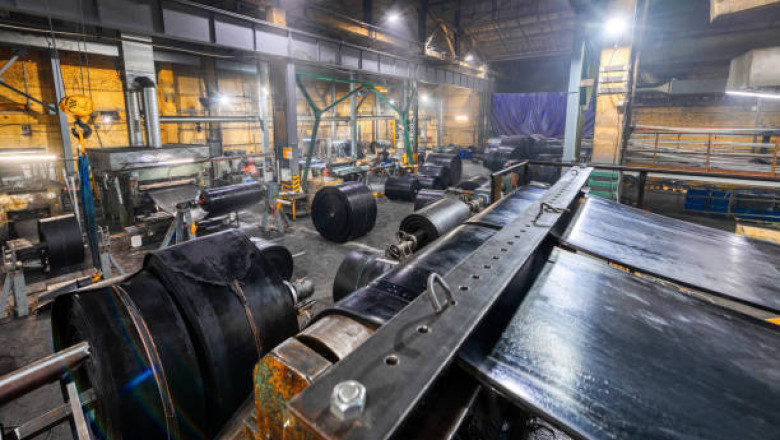views
The industrial rubber market, while experiencing significant growth and technological advancement, faces several threats that could impact its trajectory. From environmental concerns to supply chain disruptions, these challenges require careful attention and strategic solutions. Understanding these threats is crucial for companies operating within the rubber industry to maintain long-term success.
Environmental Concerns and Sustainability Challenges
One of the most pressing threats to the industrial rubber market is the growing emphasis on environmental sustainability. Traditional rubber production, particularly natural rubber, has been linked to deforestation and environmental degradation. The increasing demand for rubber, especially for tire production, is exacerbating the need for more land to grow rubber trees, leading to habitat loss in tropical regions. Additionally, the disposal of rubber products, especially tires, creates long-term environmental issues. Tires are not biodegradable, leading to large stockpiles of waste rubber that require costly and energy-intensive recycling processes.
As governments and consumers demand more eco-friendly practices, the rubber industry must address these environmental concerns. While advancements in sustainable rubber production, including bio-based and recyclable alternatives, offer hope, these solutions are still in the developmental stages and have not yet been universally adopted.
Fluctuating Raw Material Prices
The cost of raw materials for rubber production is another significant threat to the industry. Natural rubber is primarily sourced from countries in Southeast Asia, and any disruption in the supply of rubber latex—due to weather conditions, geopolitical instability, or labor strikes—can lead to fluctuations in prices. Similarly, synthetic rubber, derived from petroleum-based chemicals, is subject to the volatility of crude oil prices. This dependence on raw materials from external sources makes the rubber industry vulnerable to price hikes, which can impact profit margins and production costs.
Global Supply Chain Disruptions
In recent years, global supply chain disruptions, such as those caused by the COVID-19 pandemic, have further threatened the rubber market. From delays in raw material transportation to labor shortages, these disruptions have had a ripple effect across various industries reliant on rubber products. Many companies faced challenges in maintaining production schedules, leading to delays in delivering products to customers and increasing operational costs.
Increasing Competition from Alternatives
Another threat to the industrial rubber market comes from alternative materials that can potentially replace rubber in certain applications. For example, thermoplastic elastomers (TPEs) are gaining popularity in the automotive and consumer goods industries due to their cost-effectiveness, recyclability, and versatility. As the demand for sustainable alternatives rises, the rubber industry faces pressure to innovate and compete with these emerging materials.
Conclusion
While the industrial rubber market continues to grow and evolve, it must address several key threats, including environmental sustainability, raw material price fluctuations, supply chain disruptions, and competition from alternative materials. The industry's ability to adapt and innovate will determine its long-term success in an increasingly competitive and eco-conscious global market.






















Comments
0 comment